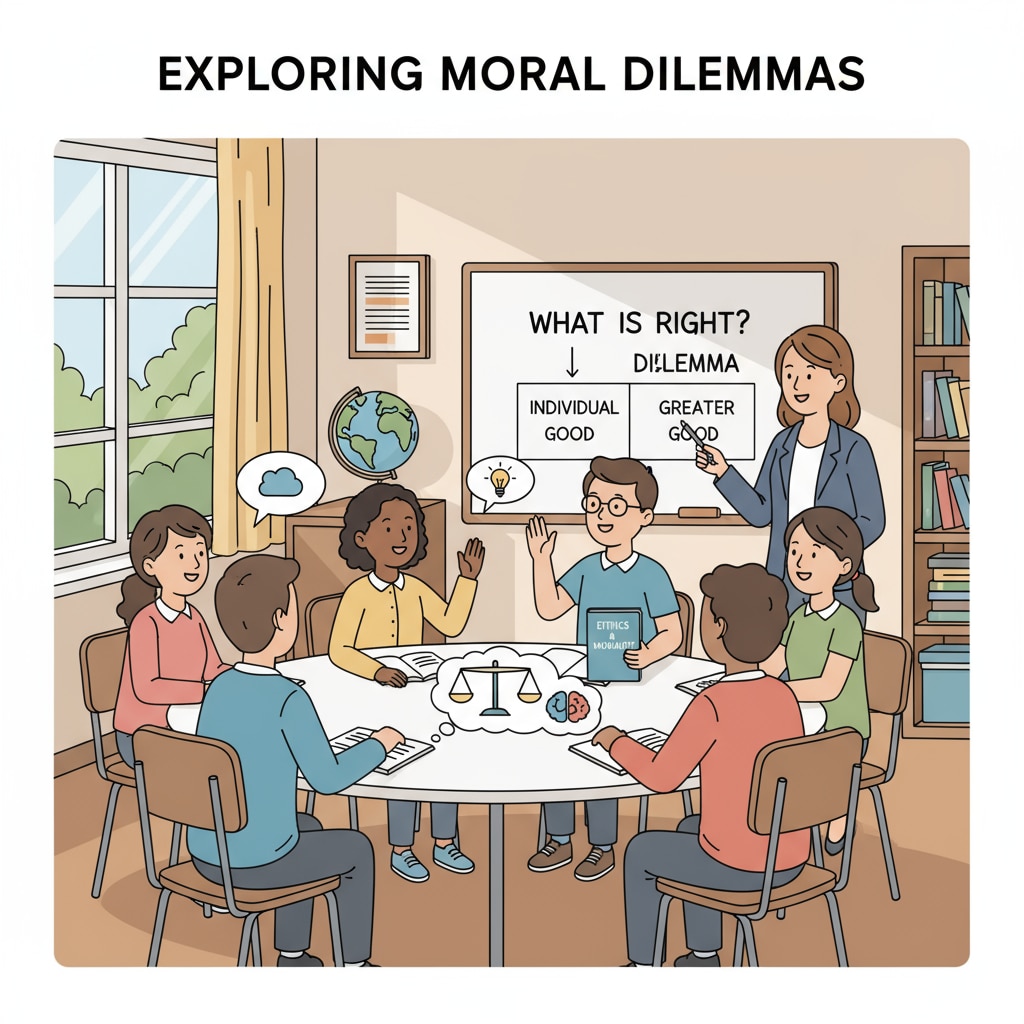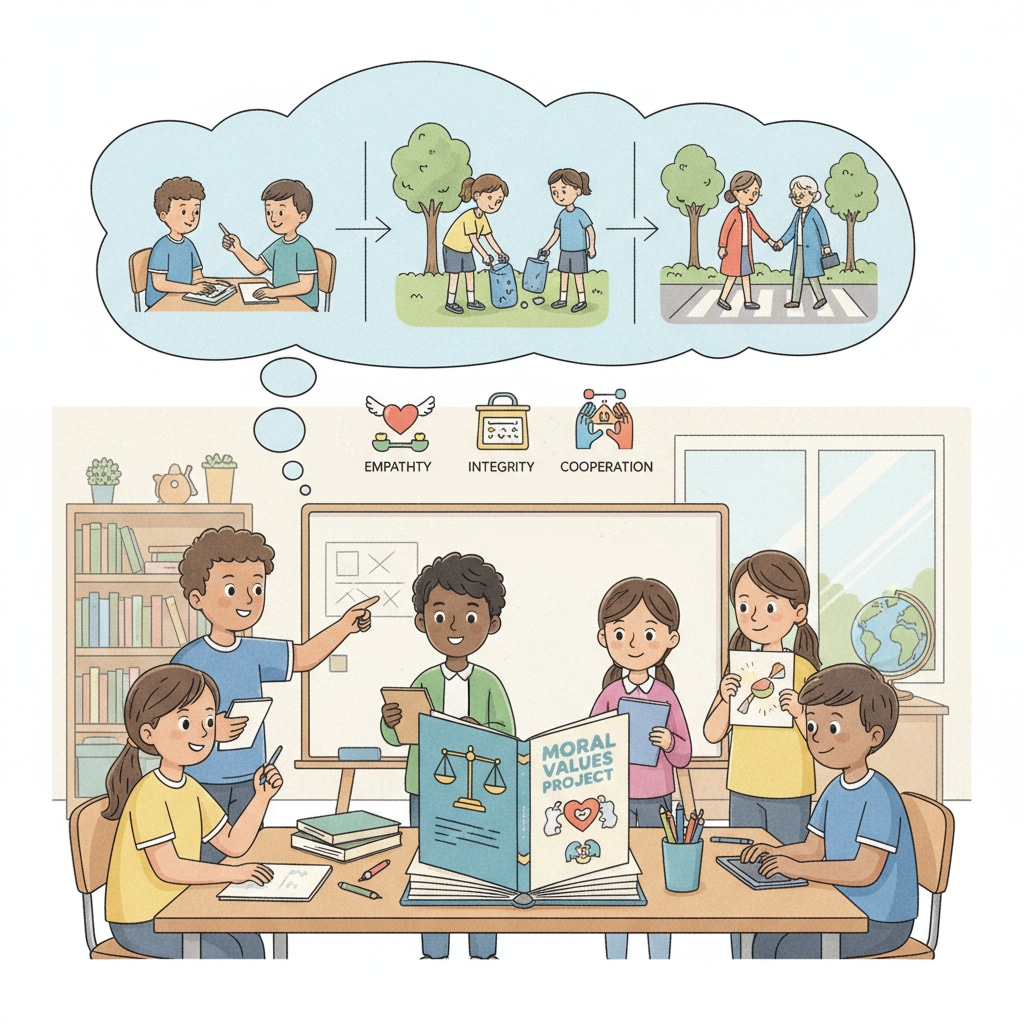Ethical and moral education, compulsory credits, and citizen education are crucial aspects to consider when discussing the curriculum in K12 schools. In recent years, there has been a growing debate about whether moral and ethical education should be made a mandatory part of the K12 curriculum. This article aims to explore the feasibility of this proposition, examining both the potential benefits and the challenges that may arise.

The Need for Moral and Ethical Education in K12
Integrating moral and ethical education into the K12 system is of utmost importance. In today’s complex and diverse society, students are exposed to a wide range of values and behaviors. By learning about ethics and morality, students can develop a strong sense of right and wrong. For example, they can understand the importance of honesty, respect, and responsibility. This knowledge will not only help them make better decisions in their personal lives but also prepare them to be responsible citizens. According to Edutopia’s research on moral education, students who receive proper moral and ethical education are more likely to engage in positive social interactions.

Benefits of Making it Compulsory
Making moral and ethical education a compulsory credit in K12 schools has several advantages. Firstly, it ensures that all students receive a consistent and structured education in these areas. This standardization helps in cultivating a common set of values among the student population. Additionally, it gives equal importance to moral and ethical development alongside academic subjects. As a result, students will grow up with a well-rounded understanding of what it means to be a good person. A study by ASCD on the impact of moral education shows that compulsory moral education can lead to improved student behavior and a more positive school environment.
Challenges in Implementation
However, implementing moral and ethical education as a compulsory credit also comes with its fair share of challenges. One major concern is the lack of a standardized curriculum. Different regions and schools may have varying ideas about what should be included in moral and ethical education. Another challenge is the availability of trained teachers. Teachers need to be well-versed in ethical theories and be able to facilitate meaningful discussions with students. Moreover, some parents may have different views on what values should be taught, leading to potential conflicts. For instance, some may prefer a more religious-based approach, while others may advocate for a more secular one.
In conclusion, while the idea of making moral and ethical education a compulsory credit in K12 schools holds great promise for shaping students’ values and contributing to better citizen education, it is essential to address the challenges carefully. By finding common ground on curriculum standards, investing in teacher training, and involving parents in the process, we can move towards a more ethical and responsible society. Ethical and moral education, when implemented effectively, can be a powerful tool in preparing students for a successful and fulfilling life.
Readability guidance: The article uses short paragraphs and lists to summarize key points. Each H2 section provides a clear perspective on the topic. Passive voice and long sentences are kept to a minimum, and transition words are used throughout to enhance the flow of the discussion.


